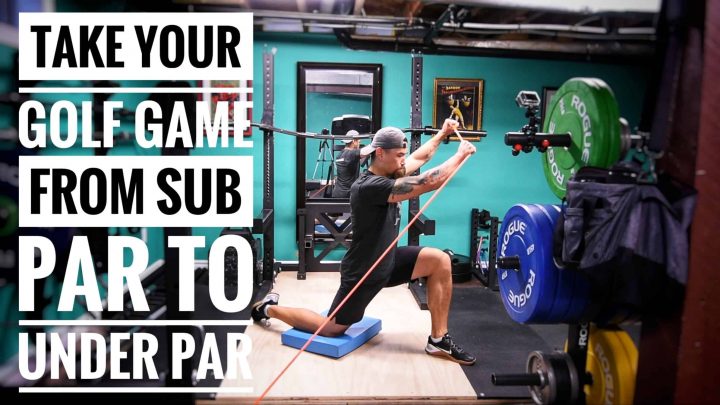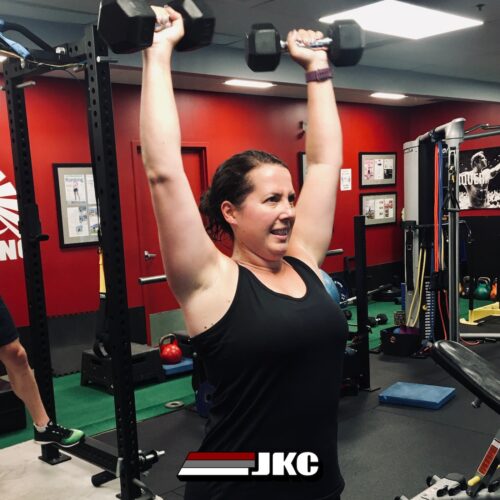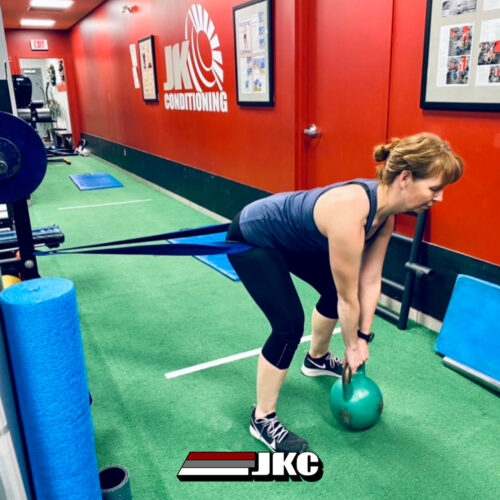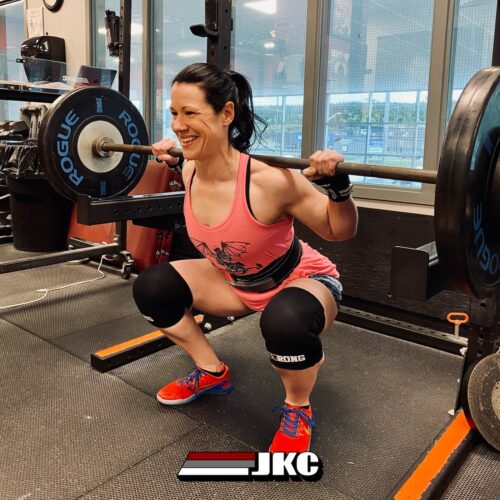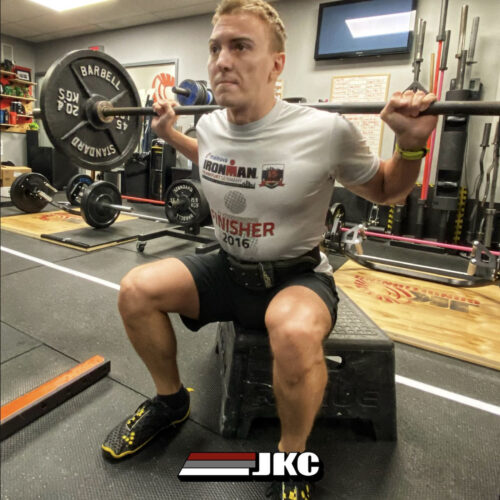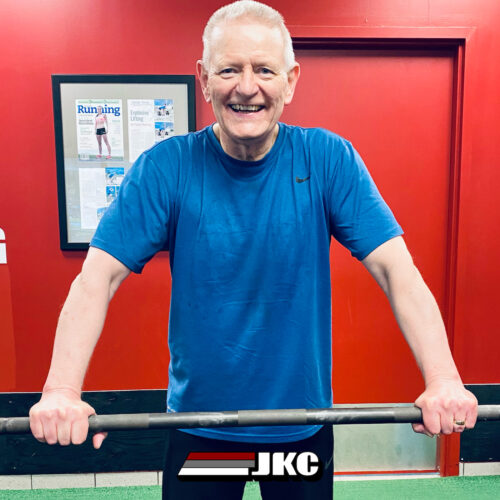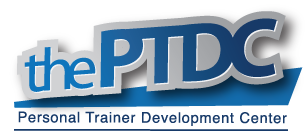By Angie Hurley, CSCS, CAT(C)
For the last 2 decades, top golfers have been taking golf from game to sport.
Starting with Tiger Woods, and currently with Rory McIlroy, golfers have been advancing their skills, and their game on the greens, by working hard in the gym.
Golf is a Complicated Sport
Golf requires a very specific chain of movements across multiple joints in the body. Each segment of the golf swing builds on the previous segment, allowing for greater energy to be carried from the backswing into the downswing, like a sling shot.
Currently, Rory McIlroy seems to have the kinematic advantage with his unique but precise timing of movements within his swing. Of note, is McIlroy’s fastest hip rotation ever measured by Titleist Performance Institute at 720 degrees per second, 200 degrees per second faster than the PGA Tour average.
Exercises to Maximize Your Golf Swing Potential
While the precise technique and timing of the golf swing is better left to golf coaches, each phase of movement does have specific physical components that can be trained in the gym.
The backswing requires torso and shoulder range of motion as well as lower body stability. While the downswing creates force and transfers energy from the pelvis to the torso, to the arms, and, finally, the club head.
Focusing on improving the following components can maximize your golf swing potential:
- stable base of support
- dissociation of the pelvis and the torso
- internal rotation of the lead leg
- shoulder and thoracic spine range of motion
Within each of these components, proficiency in the following areas will enhance your game and prevent injury:
- Stability
- Mobility
- Dissociation
- Strength
- Power
Stability
Stability is the ability to control and maintain a joint position. Having stability allows the next segment in the chain of movement to operate optimally. On the other hand, if stability is lacking, the transfer of force production will be lost and misdirected.
Key areas for stability in golf include the pelvis, torso and shoulders.
Exercises
- Bridge with march (pelvic stability)
- Paloff Press (torso stability)
- Dynamic Y-T-I (scapular stability)
Mobility
Mobility is being able to move in a controlled manner through a full range of motion. Being able to control our body through a greater range of motion means less incidence of injury, increased efficiency of movement, and greater force production.
The key areas we want to be mobile in for the golf swing are the hips, mid torso (or thoracic spine), and shoulders. Mobility through the hips and mid torso means there is less demand on the low back to compensate, preventing many of the injuries, aches, and pains that may keep you off the greens.
Exercises
- Seated figure 4 stretch (Pelvic mobility)
- 90/90 stretch (hip rotation mobility)
- Bookopener (torso rotation mobility)
- Lat stretch (via golf club or cart) (shoulder mobility)
Dissociation
Dissociation has been a big buzzword in strength training for golf. In golf, it refers to the separation of the pelvis movement from the movement of the torso. Dissociation combines both previously listed components: stability of the pelvis combined with the mobility of the torso (back swing) and stability of the torso with the mobility of the pelvis (down swing and force generation). While one joint is in motion, the other is acting as an anchor point for force to generate and build.
The following TPI drills test if you have the capability to separate torso movement from pelvic movement.
Torso on pelvis dissociation: With soft knees, hinge at the waist, rotate through the torso while keeping the hips stationary and square (facing forward).
Pelvis on torso dissociation: with soft knees, hinge at the waist, hands crossed over chest, rotate hips while keeping torso stationary and square.
Exercises:
Strength
Strength is the ability to generate force. Strength is also required to stabilize a joint. According to Dr. Sasho McKenzie, the slight squat into the lead leg at the start of the McIlroy’s downswing allows for more ground reaction force under the lead foot, facilitating velocity and momentum through the rest of the swing.
Therefore, strength training should focus on the shift of weight laterally, pushing off from the floor to create upward force, and rotation strength.
Exercises:
Power
Power is the ability to do produce force as quickly as possible. When we think of training for power, we should be thinking of quick explosive movements like plyometrics including jumps and throws. Therefore, at its core, the golf swing is a complicated, multi-joint explosive power movement.
Exercises:
To learn how to safely and effectively add these exercises and more into your training repertoire, check in with us at JKConditioning.
We can help you take your golf game from subpar, to under par.
Thanks for reading!
~Angie
